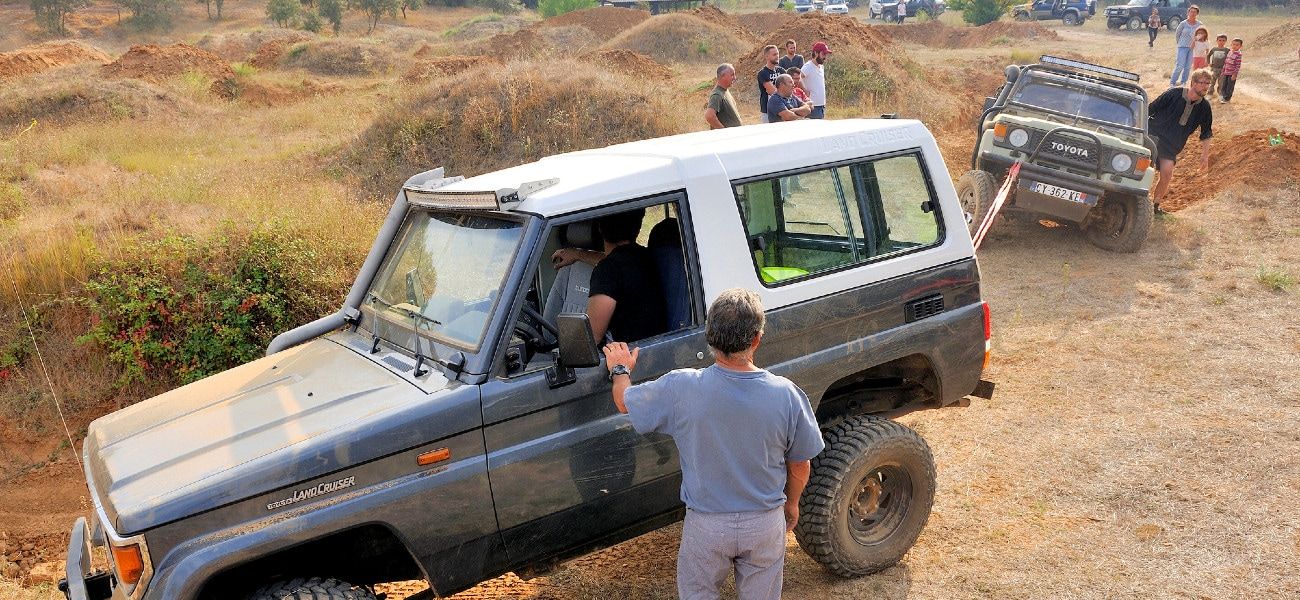If you've ever been unlucky enough to have a leech attach itself to your skin, then you'll know how they can make an otherwise relaxing bushwalk or dip in the water seem like a nightmare.
This article will teach you everything you need to know about removing these living creatures from your skin and treating their bites.
How To Avoid Leeches In The First Place
Most of the time, a leech will latch on to you for no apparent reason. You most likely have been minding your own business - going for a hike or perhaps a quick swim.
Unfortunately, more likely than not you have stumbled into a leech-infested area - whether that’s a stagnant pool of water or a hiking track with plenty of moist grass.
Much like mosquitos, leeches are attracted to your scent. This means that they will head towards you and seek you out once you enter their territory.
As such, it's very important to take steps to avoid being bitten. This includes:
It's important to note that leeches do not always attach themselves to the parts of our body where we are most sensitive; as such, they can bite in all sorts of different locations. It's common for them to bite the bottom of your feet or armpits, closer to the muscle and bone.
This can make it difficult to even realise that you have been bitten by a leech.
How To Remove A Leech That Has Bitten You
Thankfully, despite how unpleasant they are, leech bites are not particularly common when venturing out into the Australian bush.
However, if you do find yourself with one attached to your skin, here’s how you can safely and successfully remove it.
- Locate the skinny end of the leech - this is the end with the mouth. Note that leeches have suckers on both ends of their bodies, though they can only feed from the mouth end.
- Place your finger next to the mouth, with your finger pointing at your skin and your nail adjacent to the mouth.
- Slide your fingernail towards the leech, pushing it sideways and off your skin.
- Repeat the process with the other end of the leech if necessary.
- Flick the leech away from you before it can re-attach.
Note that if you just try to grab the leech by the body and pull it off, the leech may break, leaving the mouth still attached to your skin. This can make the healing process much slower, so I don’t recommend this.

How To Treat Leech Bites
There's very little evidence that leeches actually pose a threat to us, despite their unique way of feeding. They don’t usually spread diseases and their bites tend to heal quickly on their own.
For this reason, it's hard to say for sure whether or not a leech bite can actually cause any harm at all – especially if you remove them as soon as possible.
However, to be on the safe side it’s best to follow these steps if you have been bitten and have just managed to remove the leech:
- Wash the area with water, then dry and clean away any blood. This will get rid of any remnants of the leech so that your body doesn't attempt to fight any foreign material left behind in the bite.
- Clean your wounds with a mild antibacterial. You should be able to find this in your first aid kit.
It's important to remember that leeches don't actually pose a threat to your health. This means that you can leave them alone if you wish, or just let your body take care of the problem.
If you're concerned about infection, though, then a quick wipe with Betadine will disinfect the wound.
Summary
Leeches are an unpleasant part of Australia’s wilderness. Thankfully, they don’t pose any real risk to our health, making them more of an annoyance than anything else.
With the right technique, they are relatively easy to remove and you can then carry on enjoying the rest of your outdoor activities.
While treatment of a leech bite is not strictly necessary, a quick clean and disinfection of the wound followed by a bandage will make sure that it heals up as quickly as possible.
This article may contain affiliate links. I will earn a commission if you choose to purchase a product or service after clicking on my link. This helps pay for the cost of running the website. You will not be disadvantaged in any way by using my links.
Note that while every effort is made to ensure the accuracy of the information on this page, there may sometimes be errors. Check all specifications with the manufacturer before purchasing any product.



